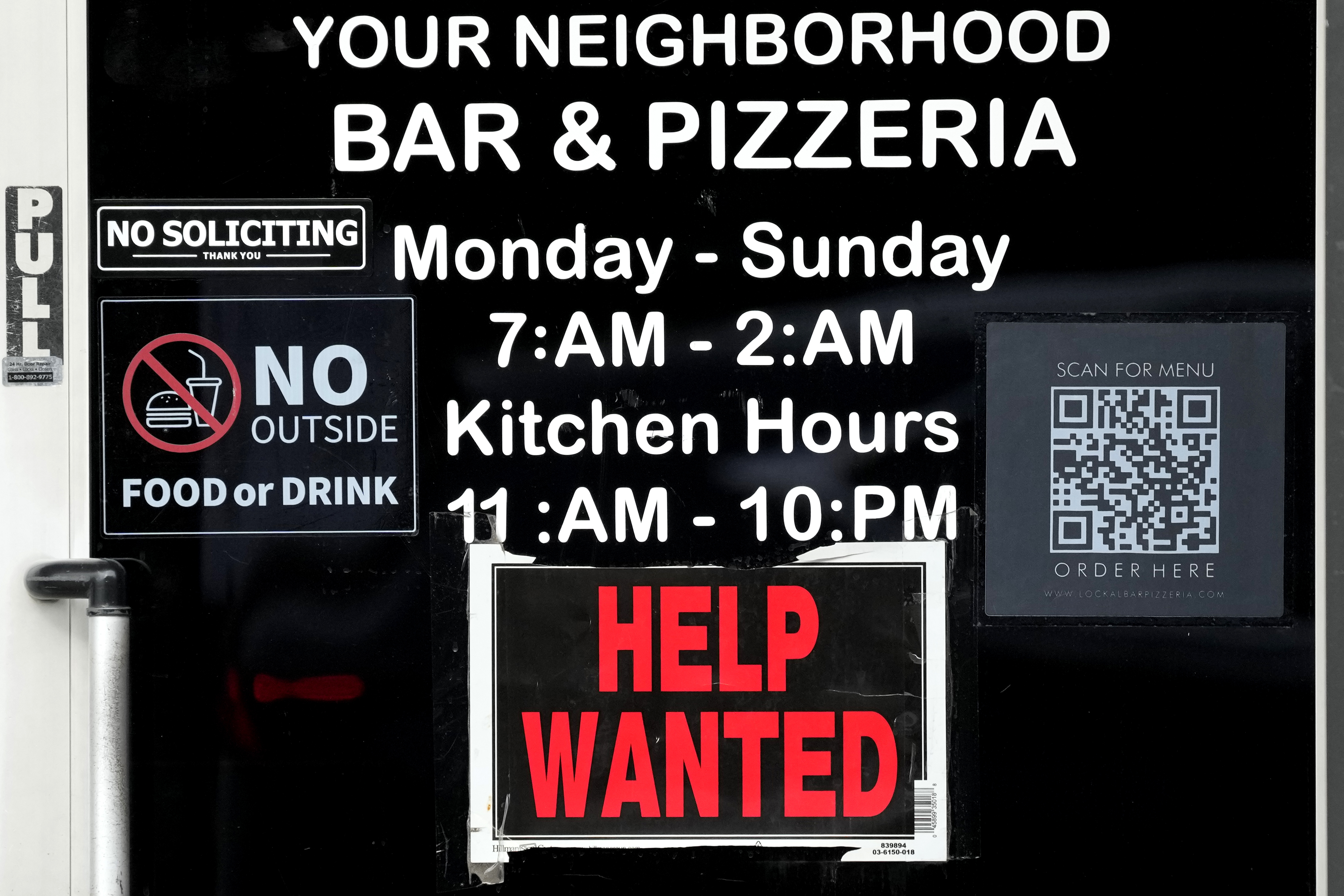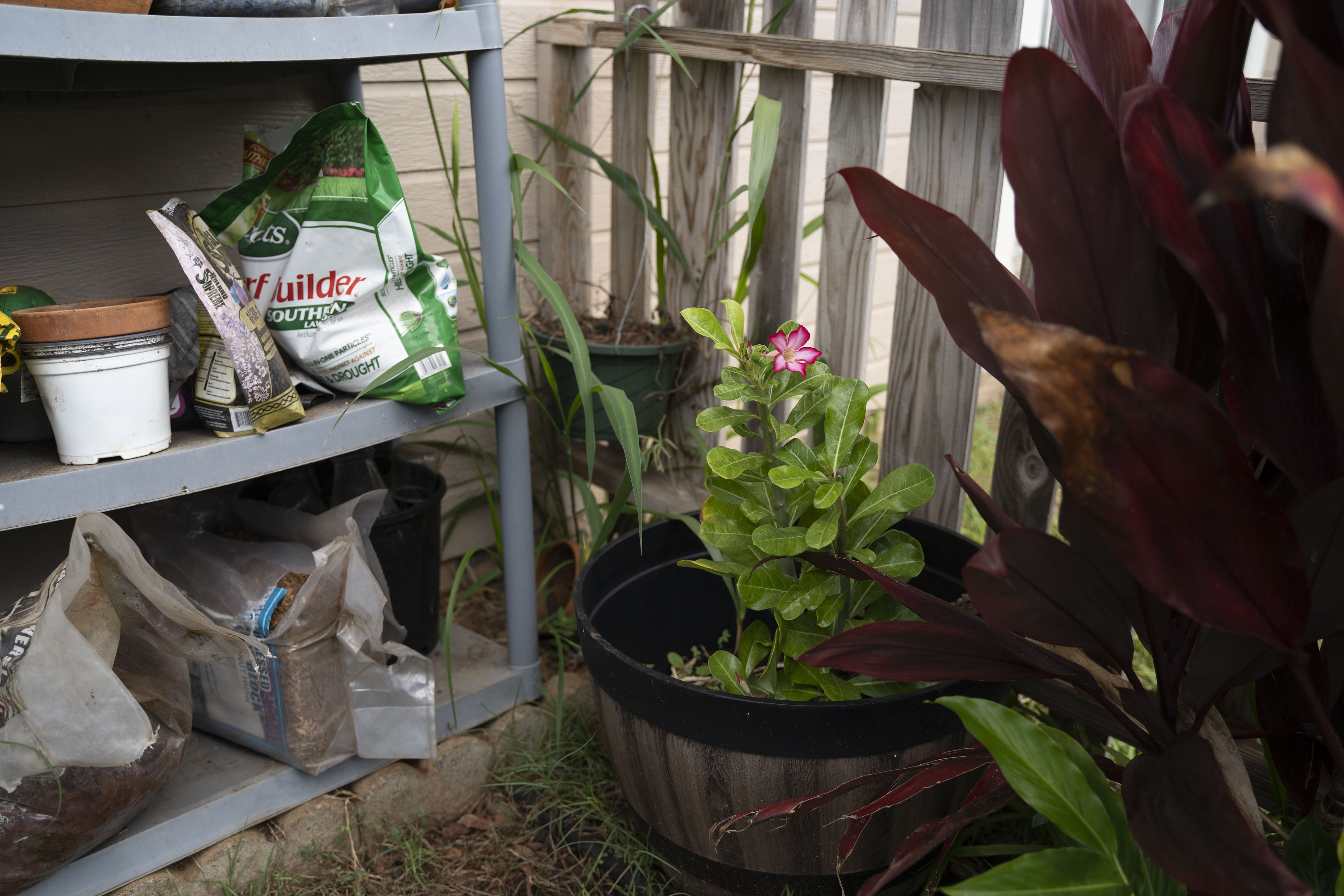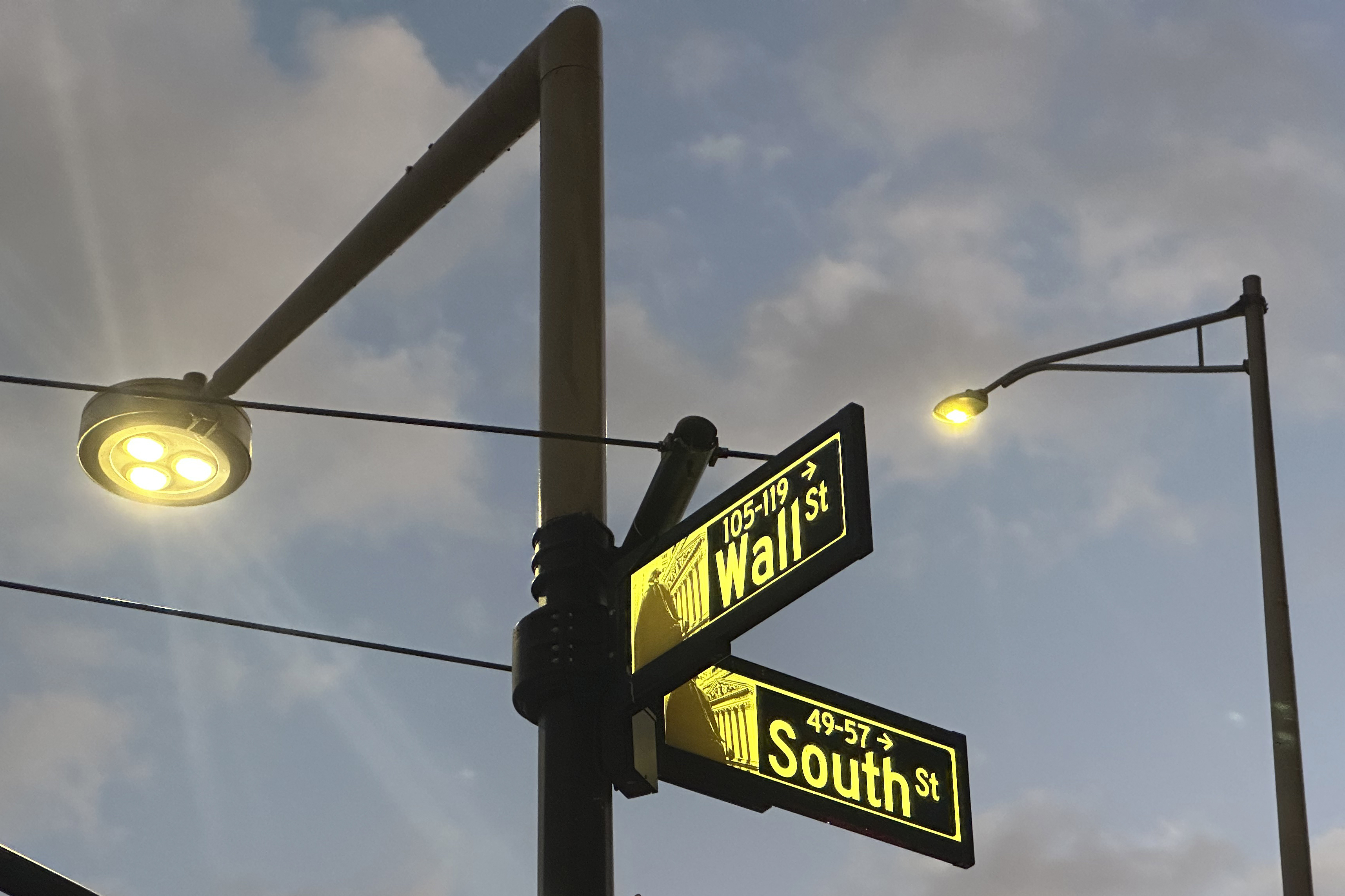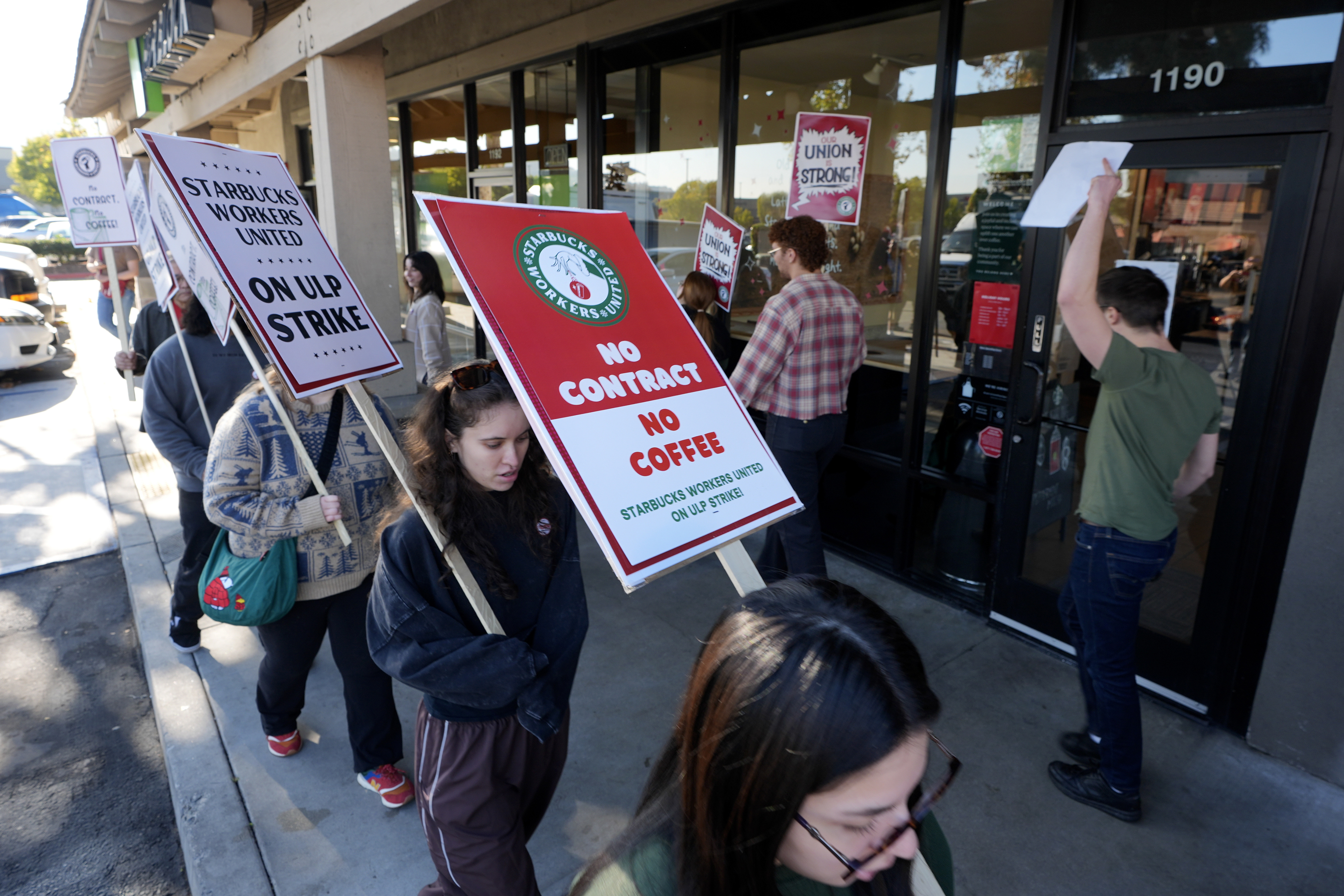NORFOLK, Va. (WAVY) — As Norfolk begins to plan for the next decade of its downtown development, one thing planners are looking at is what currently isn’t working.
Every 10 years, the City of Norfolk puts together a strategic plan for its downtown area, in order to make sure its development remains consistent with a desired vision.
The city has hired urban planning consultant Ray Gindroz, WPA, and Urban Design Associates to compile Downtown Plan 2030. The study area is bordered by the Norfolk Southern Railroad tracks that run past Harbor Park to the east, Hampton Boulevard to the west, East Princess Anne Road to the north and the Elizabeth River to the south.
“It’s one of the most remarkable transformations given where [Norfolk] was,” Gindroz said, referring to downtown’s growth since 1980. “In the past, Norfolk was able to revitalize Downtown because the plan connected to and drew from the strengths of the neighborhoods like Freemason and Ghent. Now it’s Downtown’s turn to leverage its strength and bring vitality to the NEON District, St. Paul’s Area, Fort Norfolk.”
Thursday morning, and again at night, Norfolk hosted the first of several public input sessions on the plan. Community members, split up into groups of eight, sat around the table looking over the city’s current downtown design principles.
They were charged with determining what should change, what should be added and what should be taken away.
“Barriers are one of the key factors,” Gindroz said. “Empty lots, and parking lots and blank walls are part of it. But also roads with heavy traffic, especially high speed traffic.”
Participants agreed with Gindroz’s findings, but also added that a lack of affordable housing and connectivity to different neighborhoods.
“I think everyone wants a place that is more pedestrian friendly,” said Selena Hayes, a downtown resident. “Two years ago (when I moved here) Granby [Street] wasn’t the safest area to come down so I see the change.”
The plan looks at everything from the flood risk and mitigation plans to new green space possibilities. It also keeps in mind the development plans for the St. Paul’s neighborhood, currently being undertaken by the Norfolk Redevelopment and Housing Authority
“Many of the objectives for that plan are the same for the objectives for downtown,” Gindroz said.
The current principles that guide downtown development are ones that:
- Reconnect the streets and public spaces of Downtown to the water.
- Use streets perpendicular to the water to create axes of development that will connect the urban street pattern to the water. Support early phase projects that reinforce axes from the waterfront to Downtown.
- Connect existing strengths to each other and to new development.
- Create pedestrian-friendly environments along the axes linking strengths to new development areas.
- Eliminate barriers that block the axes of continuous development.
- Focus public and private investment along the approaches to Downtown in order to eliminate its negative image and to create effective gateways.
- Create whole places with a coordinated design for both the public improvements and the architecture of buildings.
- Line the public spaces of the city with buildings that have active ground floor facades and many windows on the upper floors. Encourage residential development on upper floors.
- Create continuous marketable addresses.
More public input sessions are scheduled before the plan goes to the planning commission in late winter.














































